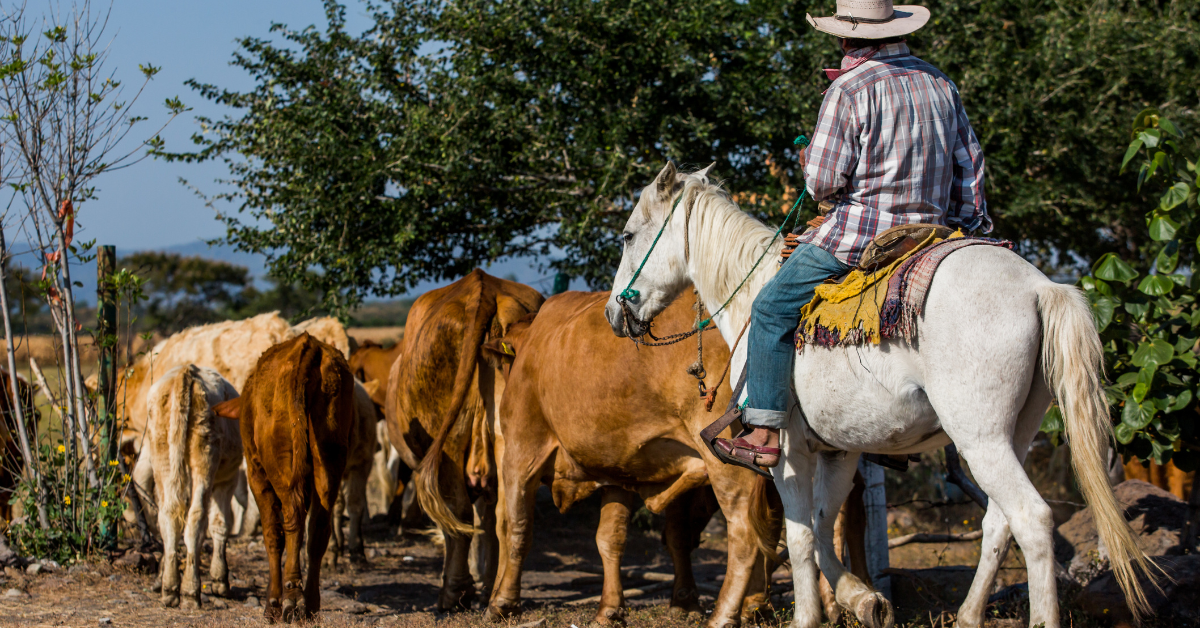APlus News Radio Reports
Stay up to date with the latest livestock trends AuctionsPlus brings you the latest insights from Australia’s livestock markets, direct to the...
The US has blamed Mexico for inadequate screwworm control near the border, as the pest poses a multibillion-dollar risk to the American beef industry.
Mexico has not adequately enacted protocols to curb the spread of New World screwworm, a US official says, in a sign of tension between the two countries as they navigate the northward march of the pest.
US Agriculture Secretary Brooke Rollins blamed a recent screwworm detection less than 113km from the US border on Mexico's failure to curb cattle movements and inadequate monitoring of fly traps meant to reduce the wild population of screwworm flies, which infest and can kill livestock if untreated.
Screwworm has not yet crossed the US border, according to officials, but poses a multibillion-dollar risk to the US beef industry.
The US has kept its border mostly closed to Mexican cattle imports since May.
READ MORE: Australia paves way for US beef as Trump tariffs loom
The outbreak has heightened tensions between the countries ahead of a planned review of the United States-Mexico-Canada trade agreement and rattled their livestock and beef sectors.
The US Department of Agriculture on September 21 said it had learned of the case in Nuevo Leon, which borders Texas.
Within hours, USDA had sent staff to the region, Rollins said on Thursday at the Ag Outlook Forum in Kansas City, Missouri.
"Unfortunately, what we found is Mexico has failed to enforce proper cattle movement controls in infected regions and is not tending to fly traps daily as promised, which hinders our real-time detection capabilities. This is unacceptable," Rollins said.
She said that reopening the border to livestock trade is contingent on total compliance with agreed-upon surveillance protocols.
Mexico's sanitation agency Senasica, said its fly trap system is checked every three or four days, a frequency that was jointly determined with APHIS, the animal health arm of the US Department of Agriculture.
"Regarding the detection of a case of New World screwworm in northern Mexico, it should be noted that this finding was possible thanks to the application of a protocol established in the bilateral action plan," Senasica told Reuters, adding that it has implemented a double inspection system at the livestock's point of origin.
Mexican President Claudia Sheinbaum on Wednesday said that Mexico had not been notified by the USDA of any change to the expectation that the US will reopen its border before November, and that controlling the movement of livestock within Mexico is complicated.
The US has invested $US21 million ($A32 million) in a facility in southern Mexico to produce sterile flies that are released to reduce the mating population of wild flies.

Stay up to date with the latest livestock trends AuctionsPlus brings you the latest insights from Australia’s livestock markets, direct to the...

Victoria and NSW have both green-lighted virtual fencing technology for cattle this week. Farmers adopting this technology, which uses collars with...
.png)
Meat & Livestock Australia (MLA) has released its Top 10 trends of 2025 report - with productivity gains, global demand and weather shifts dominating...
